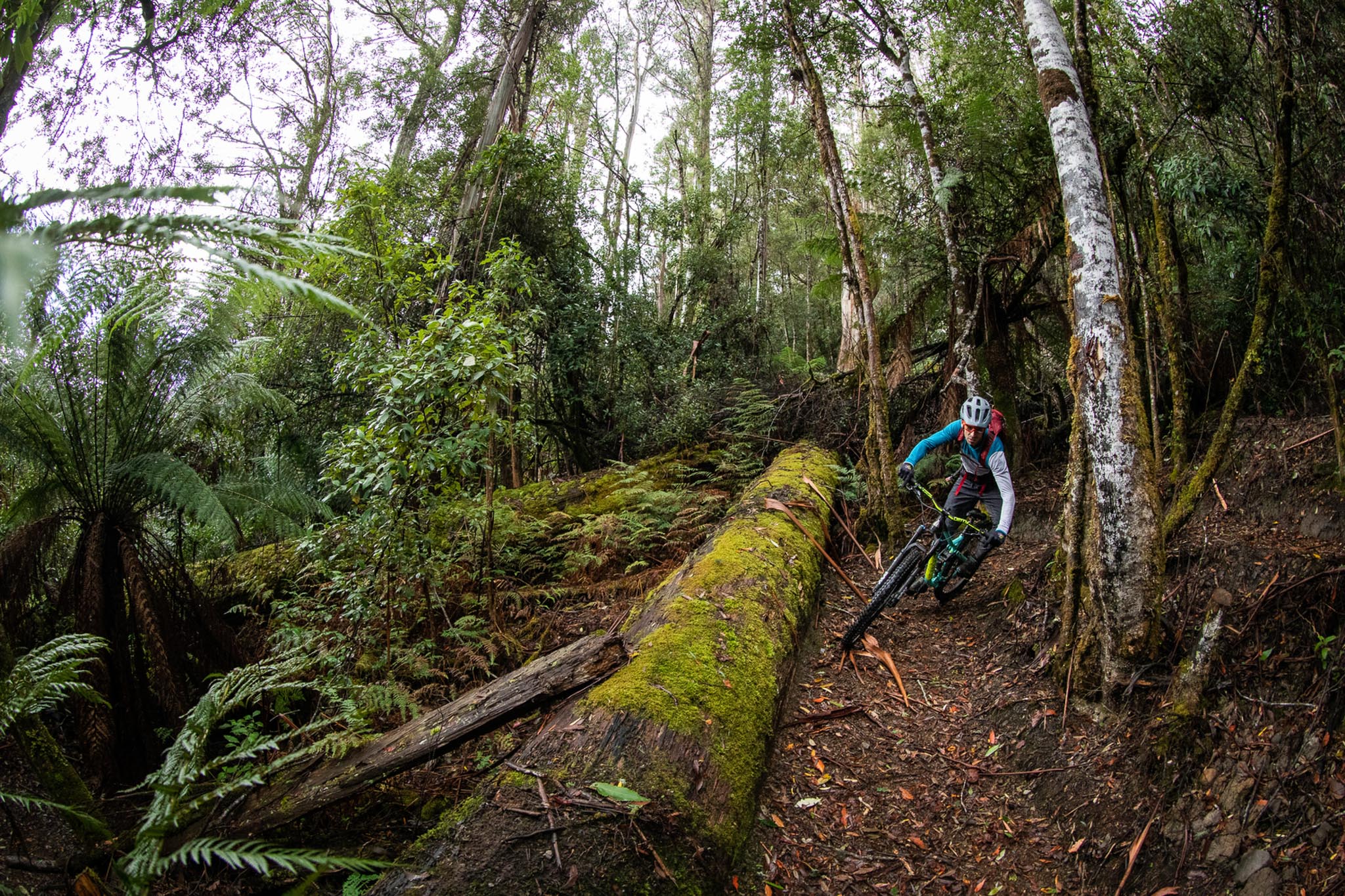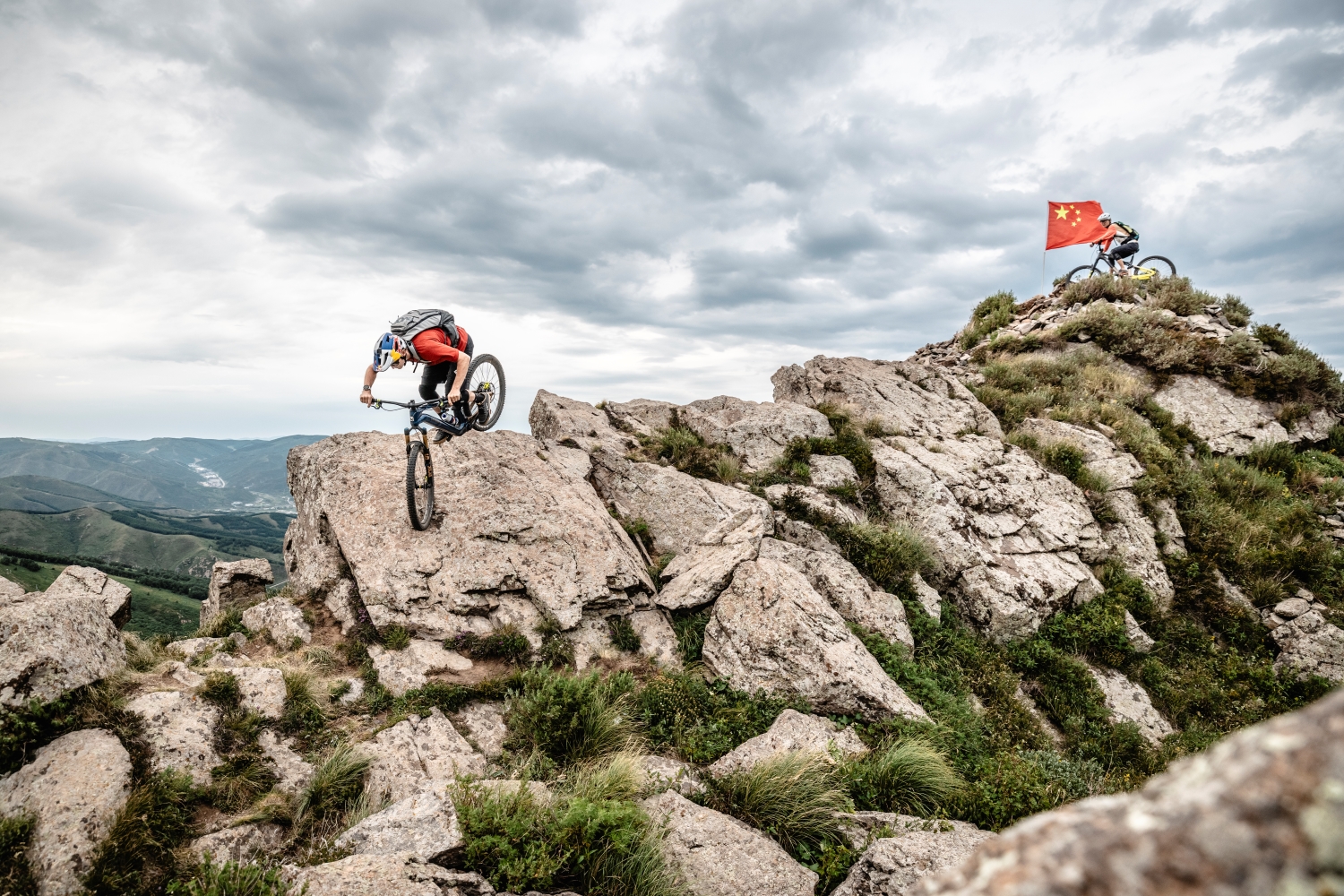OPINION: How Do the Trail Rating Systems Work?
Let's tackle a topic that often stirs up a bunch of emotion and opinions, the Trail Difficulty Rating System (TDRS).
Words: Craig Meinicke
Photo: Tim Barsley-Smith
At its essence the TDRS is a great framework to provide guidance to riders about what they are getting themselves into on a trail while also providing land managers with a framework to manage their risk exposure.
The original TDRS was developed by the International Mountain Biking Association (IMBA) in the early 2000s and was adapted from the International Trail Marking System used at ski areas across the world.
A TDRS is first and foremost a rating of the technical difficulty of a trail and not the physical difficulty. The IMBA TDRS uses a framework of criteria to guide how the technical difficulty of a trail is evaluated, including trail width, trail surface, trail grade, exposure, and natural obstacles / technical trail features.
When applied correctly, the theory is that if you are comfortable riding black diamond rated trails in your hometown trails at Beechworth, you should be confident rocking up to the trails in Narooma and be confident rolling into the black trails there.
There are a few points and grey areas that make the application of the TDRS challenging and open for criticism.
- Since the development of the IMBA TDRS, there has been significant advancements in bike design, brakes, suspension, tyres, etc. At the same time trail design and construction methodologies have evolved significantly, think bigger everything! This has resulted in the IMBA guidelines becoming somewhat outdated and not keeping pace with the changes in the industry. An example is that the IMBA TDRS does not mention jumps at all, with no guidance on the height or length of jumps and no differentiation between types of jumps, this is an issue when classifying most trails built in the last 10 years or so. The recently released Australian TDRS has added significantly more detail to the evaluation criteria, including specifications for jumps.
- One of the main points that has caused the discrepancy of trail ratings between regions is a principle developed by IMBA that ‘trails should be rated relative to other trails in the region and not in isolation’. What this has led to is trails being rated relative to the easiest and most difficult trail in a particular network, not looking objectively at the trail in isolation against the TDRS criteria. A trail needs to be assessed in isolation against the criteria to achieve standardisation across regions. I attribute a lot of the trail difficulty rating confusion to this relativity principal.
- A TDRS is only as good as the person using the system to evaluate a trail in the field, to get the correct rating the auditor needs to have a feel for a trail and how riders will interact with the trail. As IMBA puts it, you need to combine tangible data with subjective judgement to reach the final rating’.
- The IMBA TDRS does not differentiate between how important the trail width is compared to the height of a technical trail feature, all criteria are assessed equally no matter the potential consequence to the rider. This was changed in the Australian TDRS where technical trail features and exposure were defined as risk assessable criteria while other criterial such as trail width and surface were defined as guiding criteria allowing the trail to be graded focussing on the criteria that embody the most risk.
- There is often confusion when rating a trail that has multiple lines in some sections, should the trail be rated on the main line or the optional line? Current thinking is that a trail should be rated based on the main riding line and that any features off the main riding line with a higher rating than the main line must be clearly signed and must allow the rider to make a conscious decision to take the optional line.
- Frustratingly ego sometimes creeps into the trail rating discussion. Trail ratings need to be based on tangible data and the subjective judgement of someone suitably qualified and experienced to reach a decision.
When applied in our current world, a trail rating is a critical risk mitigation tool for land managers. If a land manager is confident that a trail meets a certain difficulty rating and a rider injures themselves on the trail, the trail rating sign at the trail head and the totem the rider rides past at the start of the trail are critical to demonstrating that a rider knew what they were getting themselves into.
One of the main problems in successfully applying the TDRS is not driven by the trail rating process itself, it is driven by riders wanting to ride every trail in a network, no matter the rating. This results in optional lines being created around difficult features, or features being altered by riders, watering down the original difficulty rating for the trail.
We can’t have it both ways, we are riding in an era where many of us have an abundance of trails to ride close to home, get out there and ride the trails that fit with where you are at in your mountain bike journey.
Happy trails.







